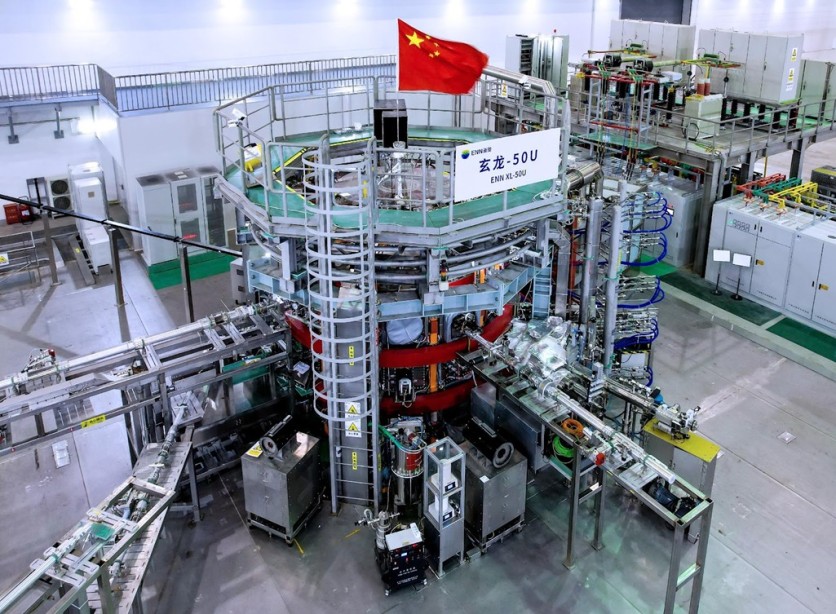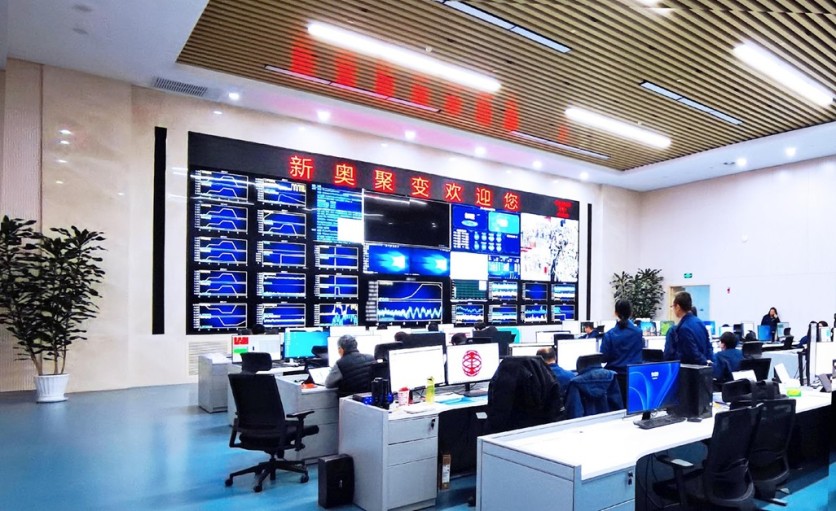Recently, ENN Group, a Chinese enterprise, has published 13 papers in Plasma Science and Technology (PST) that aimed to share the latest achievements of China's hydrogen-boron thermonuclear fusion research with the global fusion research community. It marks the first time that China's private fusion R&D institutions, in internationally renowned professional academic journals, have systematically published the research results on the physical design of experimental devices for scientific issues and key technologies of spherical torus hydrogen-boron fusion. This achievement signifies an important step forward in the construction of a unique experimental device for the hydrogen-boron fusion technology route in China's journey toward nuclear fusion commercialization.

ENN Group is a leading clean energy company in China. For over 30 years, it has been committed to the continuous innovation and application of low-carbon and carbon-free energy solutions. It is also the first private enterprise in China to explore fusion research and development. Since 2017, ENN has focused its efforts on hydrogen-boron fusion technology. Different from the globally mainstream deuterium-tritium fusion, the hydrogen-boron fusion technology route boasts unique commercial advantages, such as being neutron-free, highly safe, and having abundant fuel reserves.
Plasma Science and Technology (PST) is a well-known professional journal that is included in the International Science Citation Index (SCI). It primarily features the world's most cutting-edge fusion technology achievements. With China's rapid progress in the research field of fusion and plasma physics, China's fusion research results are also more published on the international academic stage to showcase China's cutting-edge technological strength, where they compete with international counterparts.

The ENN fusion-related series of papers published by PST systematically reflect the physical design results of the next-generation experimental device known as "Helong-2," which was independently designed by ENN. This device aims to solve the scientific problems and key technologies associated with spherical torus hydrogen-boron fusion, and it provides an important basis for the design of experimental reactors. These technologies are also a challenge for hydrogen-boron fusion research on a global scale.
Based on these achievements, ENN is preparing for the device construction of "Helong-2" and is expected to build a spherical torus hydrogen-boron fusion device with internationally leading overall parameters by 2027. In recent years, as more and more Chinese private enterprises have been conducting fusion research, China is in the process of forming a fusion R&D industrial ecosystem that covers government, industry, academia, and research and is rapidly catching up with international peers.




